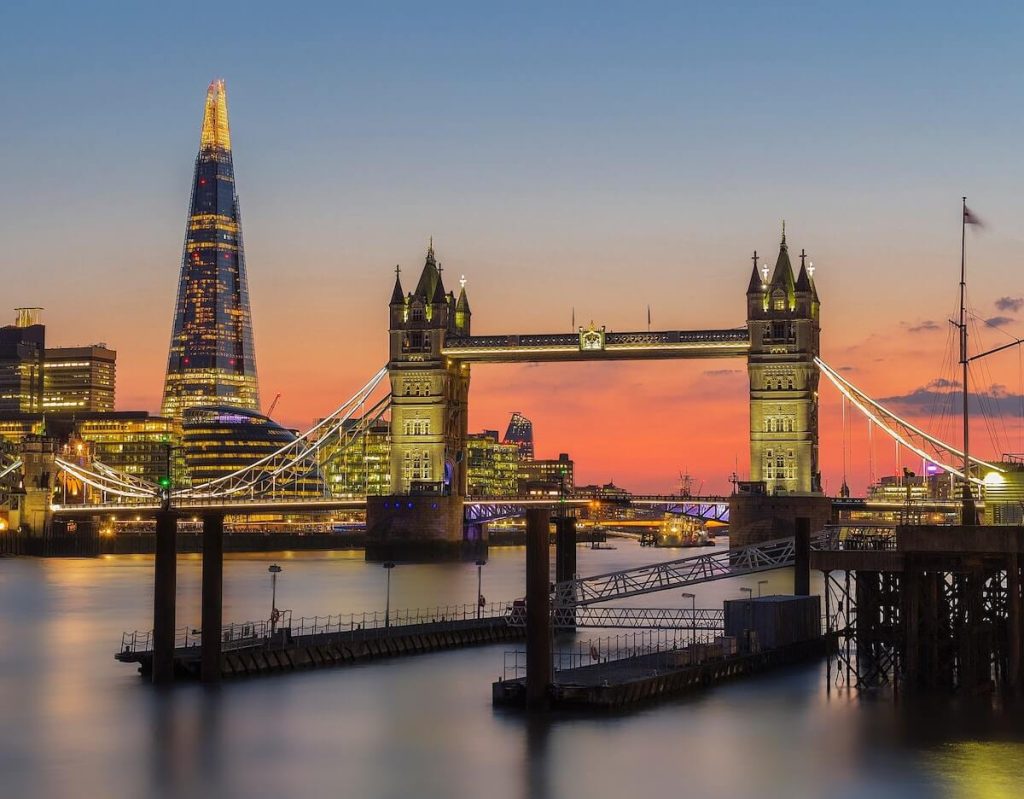
The quality of public transportation is very high in London, one of the biggest contributors to this is the London Underground, in 2023 the historic underground network spanning 250 miles around London celebrated 160 years of operation. When the London Underground was first built it covered 6 stations, today the monumental train network covers 272 different stations around London. Over 1 billion people travel across London every year, with many parking in London as well as utilising public transport. The development of London simply would not have been possible during the 19th, 20th and 21st centuries without the mobility that the London Underground provides.
Early History
The London Underground first opened in 1863, it was the first underground railway system ever opened anywhere across the world. It was built to reduce street congestion by allowing passengers to travel the city underground instead of using above-ground transportation. During the early history of the London Underground, the trains running through the 6 initial stations were steam trains. A big portion of the London Underground that we see it as today was actually excavated during the first 50 years of The London Underground.
Surprisingly it wasn’t until 1908 that the word ‘underground’ first appeared in stations, in 1908 the first electronic ticket issuing machine was introduced. Just like today, these machines help stations sell tickets to customers faster, this benefited the train stations and the customers as they may be in a rush. In 1911 London’s first escalators were installed in Earls Court Station; today there are more than 450 escalators across the London Underground network. In 1929 the last manually operated train doors were replaced by air-operated doors which was a step in the right direction where efficiency is concerned.
The Second World War
During the second world war when Britain was being bombed by German forces, many Londoners flocked to the London Underground for safety whilst their city was being bombed. There are famous photos of Londoners huddling together for safety, where people who would not normally come into contact shared stories which helped people power through dark times. It got to the point took up to living in the underground that the government took action because of concerns that people would create their own society underground and not listen to the directives of the government. However, after public pressure, the government caved in and allowed people to hide in the underground.
Modern History
In 1961 the last steam trains were taken out of service on the London Underground and replaced with electric trains, this was a step forward for the quality of life for passengers on the London Underground as they were exposed to less emissions. In 1980 a museum about the conception of modern urban transportation called the Brunel Engine House opened to the public. Today, many London Underground enthusiasts love to learn about the history and magic of the London Underground.
Conclusion
The London Underground is a highly recognisable part of London and helps over 1 billion people traverse the city each year, along with support from other public transport services, parking in iconic Bond Street car parks and also other options like cycling around the city. However, it’s undeniable how iconic the London underground truly is.